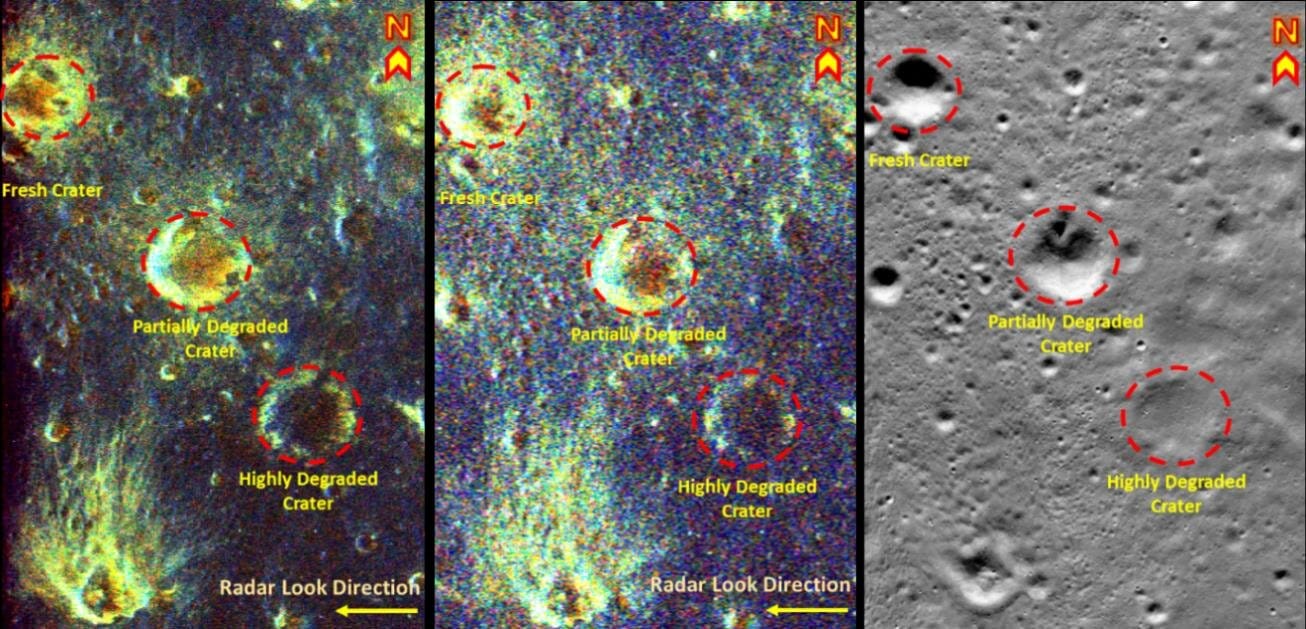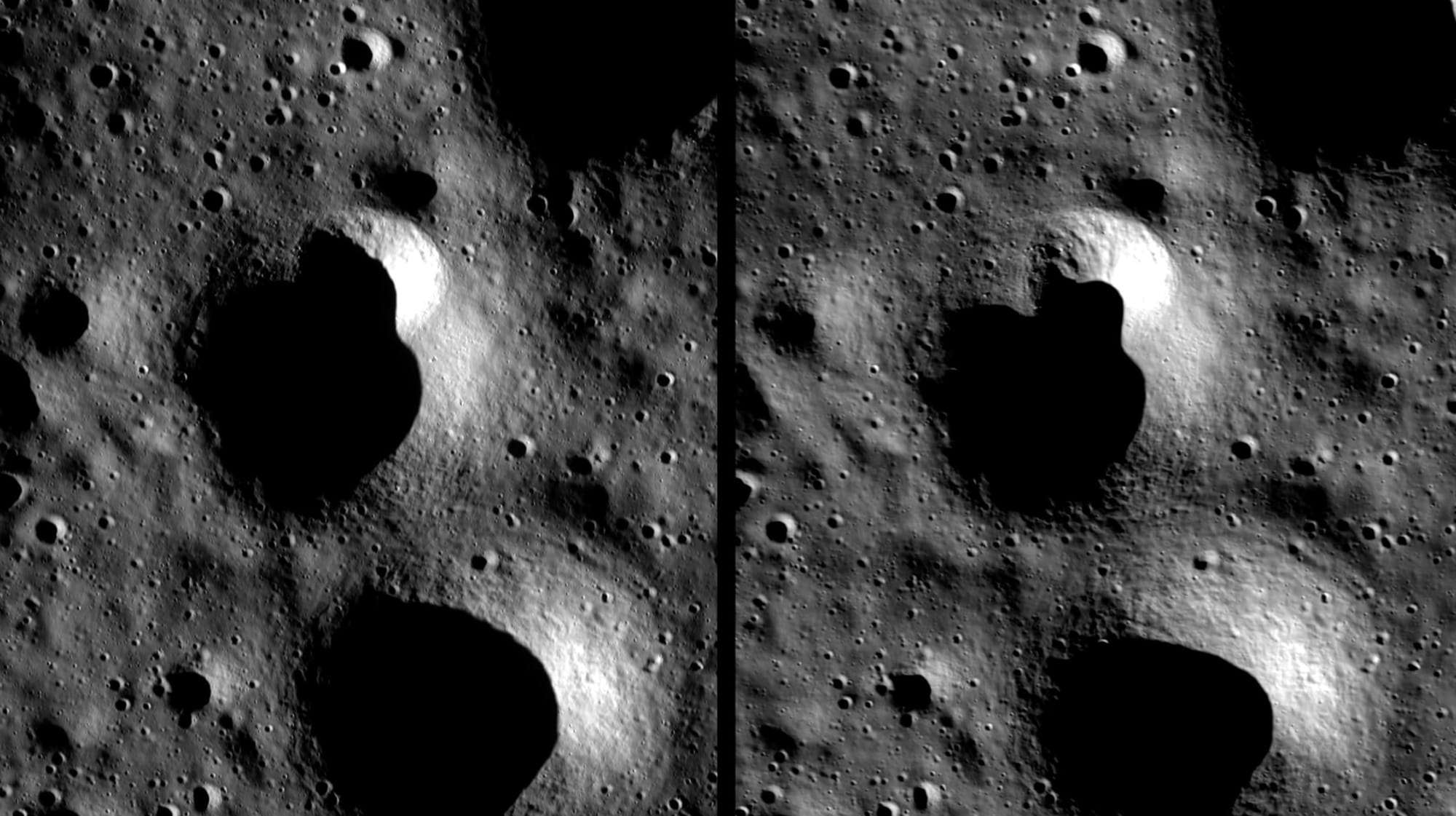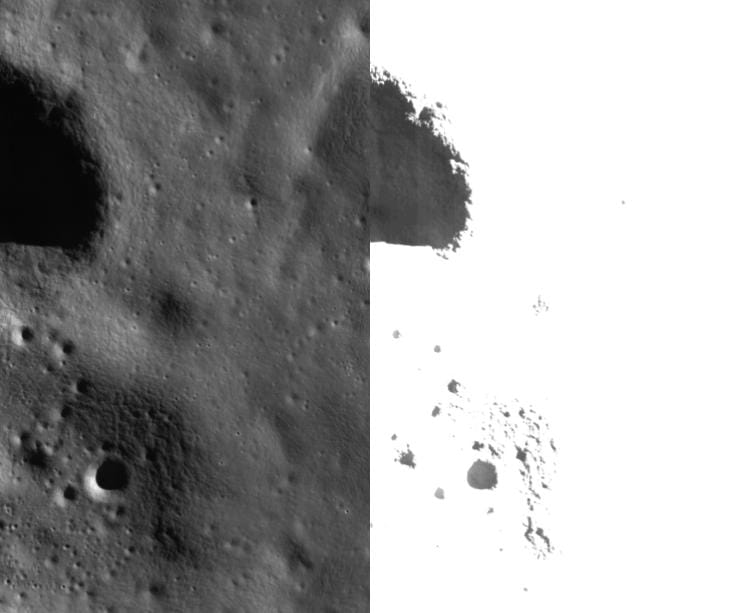On ISRO’s Chandrayaan 2 orbiter data release
The initial dataset is underwhelming and there is no sign of when ISRO will release the next set.
On December 24, 2020, ISRO released data from their Chandrayaan 2 Moon orbiter, after originally promising to do so in March and October 2020 respectively. This data release comes after mission engineers could perform a series of in-flight calibrations to the spacecraft’s instruments. The data follows the “Planetary Data System 4” format, a globally used standard. ISRO says, “The data received suggests excellent capability to deliver on the pre-launch promises”. I’ve written about some of those scientific pre-launch promises here.

The data released is from seven out of eight instruments (papers on each) primarily spanning the September 2019 to February 2020 time period, and can be accessed at pradan.issdc.gov.in/pradan. If you haven’t registered on ISRO’s data portal before, note that it can take a few weeks for your application to be processed.
However, data from the spacecraft’s infrared spectrometer, the successor to the M3 instrument on Chandrayaan 1 which famously discovered water on the Moon, is missing, which ISRO says will be added soon.
What space enthusiasts at large were most looking forward to in the data release were images from the spacecraft’s Orbiter High Resolution Camera, the sharpest lunar imager ever sent. But for some reason, ISRO has released only three images from the instrument. Scott Manley posted a video where he pans across these images and compares it to NASA’s Lunar Reconnaissance Orbiter (LRO).

Andrea Battisti has put up the images on his website for anyone to explore in full resolution. While the two images from February aren’t sharp and seem to have motion blur, the image from August does show the orbiter’s intended best resolution of 0.25 meters/pixel, which is twice the best of NASA’s LRO.
Interestingly, the Chandrayaan 2 orbiter is sensitive enough to pick up faint sunlight being reflected by terrain inside shadowed regions. So Andrea has built in a brightness slider which you can slide all the way up to see shadowed regions.

It isn’t clear when ISRO will release more data from the Chandrayaan 2 orbiter, especially considering how long it took to release this initial and rather underwhelming dataset. I’m eager to hear from them on their pre-launch promises of quantifying water on the Moon, mapping the Moon at the highest resolution in different wavelengths, providing insights into the lunar water cycle, and more.
